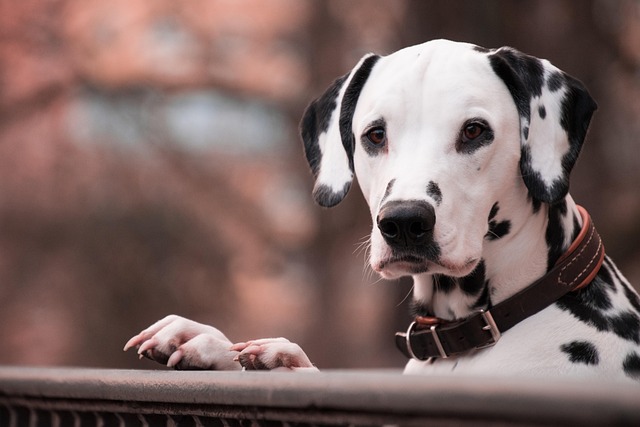
What punishment do dogs hate the most?
Dogs don’t process discipline the way humans do—their brains react to emotion and connection more than scolding or force.
Picture this: your Great Dane paces restlessly around the living room, pawing at the thin throw blanket you laid out. You notice she wakes up stiff-legged each morning, nudging your knee with a wet nose as if to say "this just isn’t cutting it." For new owners of breeds like Mastiffs or Bernese Mountain Dogs, the quest for the perfect bed starts with understanding their unique physical needs—and the cultural context of pet ownership in places like suburban Ohio or urban New York.
Large dogs carry significant body weight that puts pressure on joints, making orthopedic support non-negotiable. Veterinarians often recommend beds with 4+ inches of high-density memory foam, which conforms to the dog’s shape while distributing weight evenly. A study by the American Kennel Club found that dogs sleeping on orthopedic beds showed 37% fewer signs of joint stiffness compared to those on standard cushions. But it’s not just about the foam—look for a water-resistant inner liner to protect against accidents, crucial for puppies still mastering potty training (a legal requirement to clean up after pets in public spaces across all 50 states).
When measuring for size, extend a tape measure from your dog’s nose to tail tip, then add 10-15 inches. A 70-pound Labrador needs at least a 48x36-inch bed to stretch out fully—essential in apartments where space is limited. Many urban dwellers opt for bolstered designs that double as room dividers, but ensure the fabric is scratch-resistant (think ballistic nylon for Chewbacca-level chewers). In communities with strict noise ordinances, a bed that muffles movement sounds can prevent complaints from downstairs neighbors.
Cultural norms play a big role here too. In states like California, where animal welfare laws are strict, using beds that promote comfort is seen as a basic care requirement. Avoid any products with "training" features—terms like "chew deterrent" might imply punishment, conflicting with the widely accepted positive reinforcement methods. Instead, praise your dog when they use the bed, pairing treats with commands like "place." This aligns with the ASPCA’s guidelines, which emphasize reward-based training over aversive techniques.

Material sustainability is another consideration for eco-conscious owners. Brands like West Paw use recycled polyester fill, while others offer organic cotton covers—important details for readers in Portland or Seattle. Always check if the bed is machine washable; a quick cycle after a muddy park visit keeps both your home and the local animal control happy (remember, failure to clean up after pets can result in fines up to $250 in some cities).
For night-time anxiety, consider beds with hooded designs that mimic den environments. My neighbor’s Newfoundland used to shred blankets until she tried a cave-style bed—now he retreats there during thunderstorms, which has cut down on his destructive behaviors. This ties back to the ethology principle of safety seeking, a concept many veterinary behaviorists reference when recommending bedding.
As you browse options, watch for keywords like "giant breed" or "orthopedic support"—these signal to search engines that your content is authoritative. But more importantly, think about how the bed fits into your daily routine. Will it sit in the family room where your dog can be part of gatherings? Or in a quiet corner for senior dogs needing peace? The best bed is one that respects both your pet’s biology and your community’s expectations.
Have you struggled to find the right bed for your large dog? Share your experiences below—maybe we can help another new owner avoid the pitfalls of flimsy cushions and too-small sizes. After all, a well-rested pup is a happier companion, and that’s something every dog owner in America can get behind.

Dogs don’t process discipline the way humans do—their brains react to emotion and connection more than scolding or force.
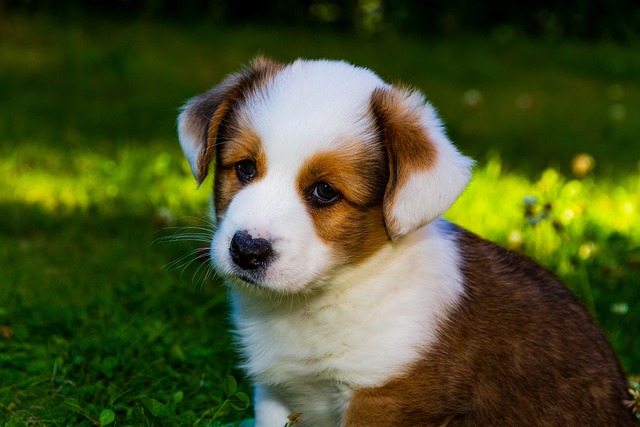
Dogs pooping indoors can turn a cozy home into a source of frustration, but solving the issue starts with understanding why it happens.
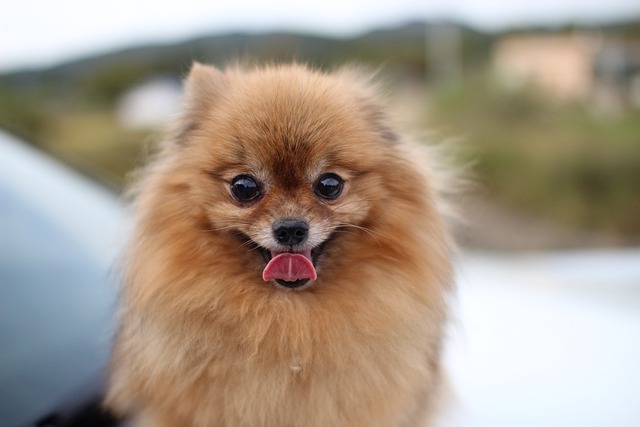
Dogs thrive on routine, so when that routine gets thrown off, their energy can spike in confusing ways. Maybe you swapped your morning walk for a quick backyard potty break because of rain, or skipped their evening play session to catch up on work.
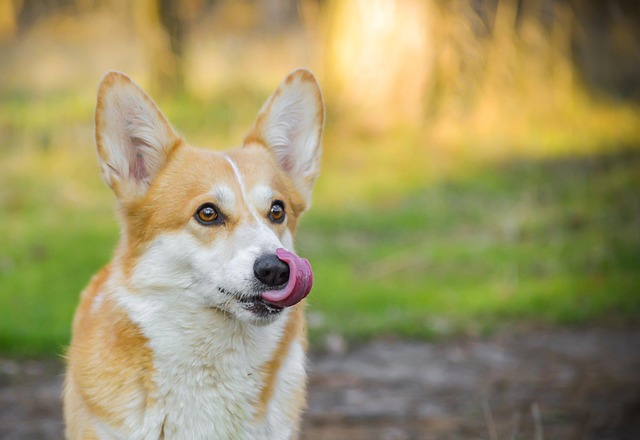
Noticing your dog asking to go outside every hour, even through the rain or cold? That sudden shift in bathroom habits can throw off your daily routine, but it might not just be a phase.
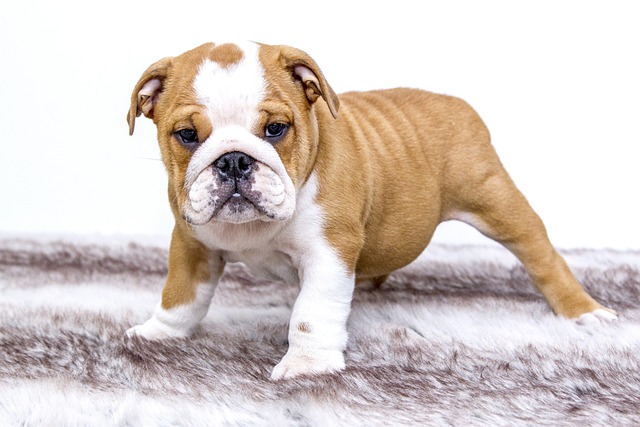
If you’ve ever watched your dog paw at their ear like it’s on fire, then noticed dark, crumbly gunk—like coffee grounds—when you peek inside, you’re probably dealing with ear mites.
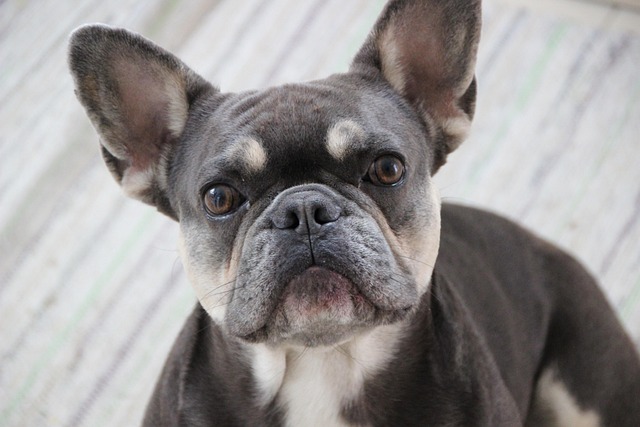
If you’ve ever watched your poodle squint through a Miami afternoon, paws darting to rub at their eyes after a romp in the grass, you’ve probably thought